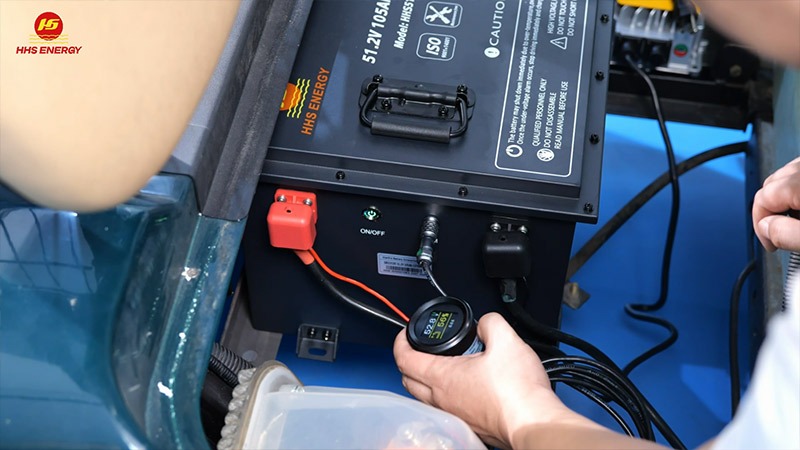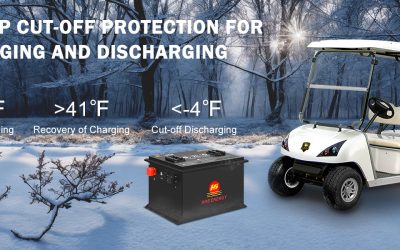🔋 Your Guide to Golf Cart Batteries: Types, Lifespan & Smart Upgrade Tips

Whether you’re hitting the greens or cruising your community, your golf cart’s performance depends heavily on the battery powering it. Choosing the right battery not only affects range and power but also saves you time and money over the long haul.
Here’s your go-to guide for understanding the best options in today’s golf cart battery market.
🧃 Lead-Acid Batteries: The Traditional Choice
Flooded lead-acid batteries have been around for decades and remain a common power source in older golf carts.
Pros:
-
Lower initial cost
-
Widely available
-
Proven technology
Cons:
-
Requires water top-offs and terminal cleaning
-
Heavier than lithium
-
Shorter lifespan (around 3–5 years)
🧼 Regular maintenance is non-negotiable with lead-acid—neglect leads to reduced performance and early failure.
⚡ Lithium Batteries: The Modern Upgrade
Lithium iron phosphate (LiFePO₄) batteries are quickly becoming the gold standard in golf cart power.
Benefits:
-
Lasts 8–10 years with minimal maintenance
-
50–70% lighter than lead-acid
-
Fast charging and deeper discharges
-
Built-in Battery Management System (BMS) for safety
Though pricier upfront, lithium batteries offer far better value over their lifetime.
🔁 When to Replace Your Golf Cart Battery
Watch for these signs:
-
Noticeable drop in speed or range
-
Takes longer to charge or drains faster
-
Corrosion, swelling, or leaking
Generally:
-
Lead-acid: Replace every 3–5 years
-
Lithium: Replace after 8–10 years
🔋 Golf Cart Battery Lifespan Chart
| Battery Type | Average Lifespan | Maintenance Needs | Charging Time |
|---|---|---|---|
| Lead-Acid | 3–5 years | High | 8–10 hours |
| Lithium | 8–10+ years | Very Low | 2–4 hours |
🧠 Tip: The right charger makes a big difference. Use a lithium-compatible charger for lithium batteries only.
📏 Choosing the Right Voltage & Capacity
Most golf carts use 36V, 48V, or 72V systems.
-
48V is the sweet spot for balance of power and efficiency.
-
Amp-hour (Ah) rating tells you how long it lasts on a charge. For example, a 105Ah battery usually provides 30–50 miles per charge.
💡 Smart Upgrade: Converting to Lithium
Switching from lead-acid to lithium? You’ll get:
-
Better range
-
Faster charging
-
No maintenance
-
Lower total cost of ownership
Make sure the conversion kit includes a compatible charger and voltage monitor.
🛠 Pro Maintenance Tips
-
Charge after every ride
-
Clean terminals regularly (lead-acid only)
-
Store in cool, dry conditions
-
Avoid full discharges for lithium
🏁 Final Thoughts
Golf cart batteries are more than just power sources—they’re the heart of your cart’s performance. If you’re still using lead-acid, consider switching to lithium for a smoother, longer-lasting ride.





